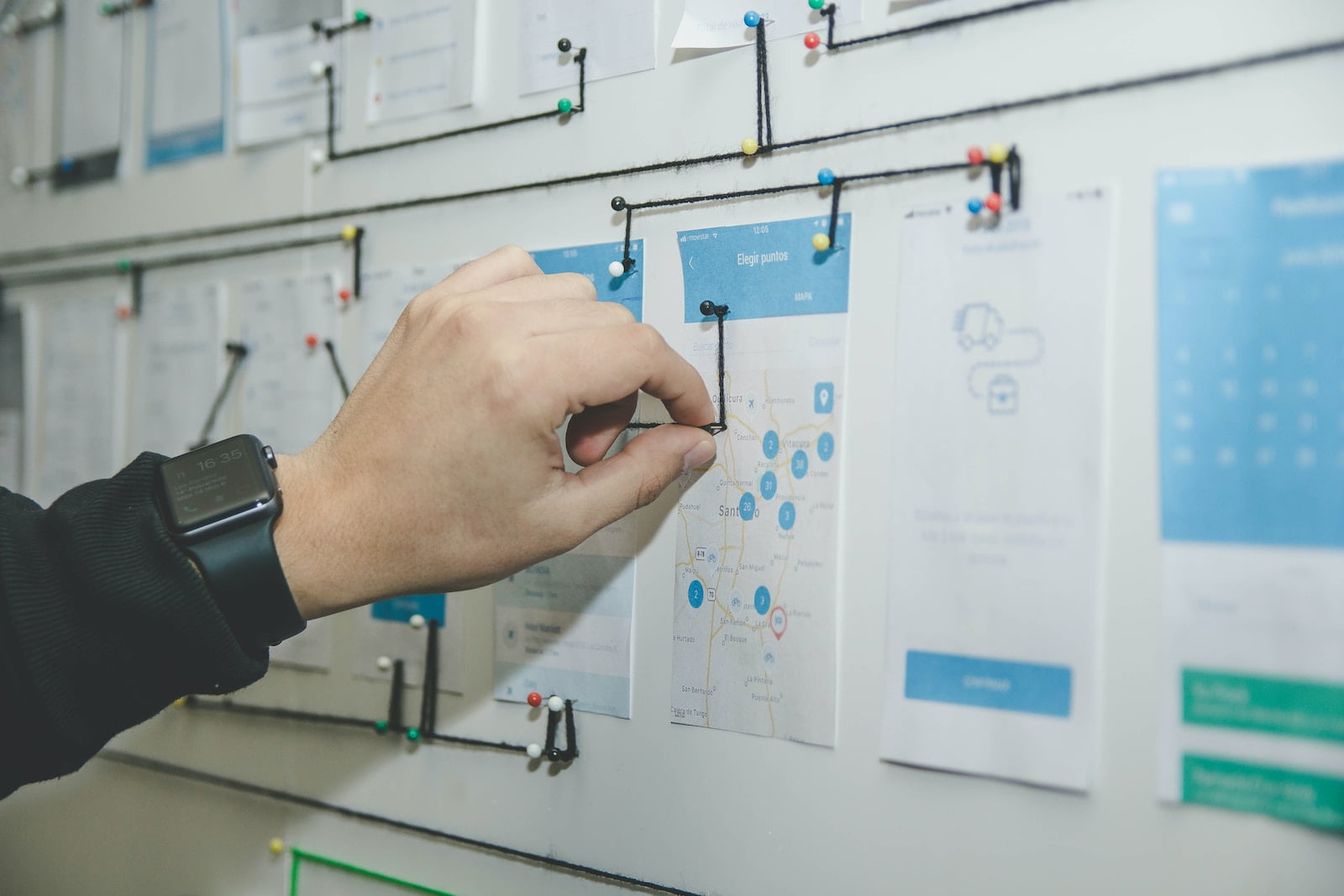
Introduction: Understanding the Importance of User-Centered Design
User-centered design (UCD) is a design philosophy that puts the needs and preferences of users at the forefront of product development. It involves understanding the users’ goals, behaviors, and pain points and designing products that meet their needs. UCD is crucial for successful products because it ensures that the product is usable, useful, and desirable to the target audience. In this article, we will explore the benefits of user-centered design for product success, how it can improve user experience, the role of user research in UCD, the importance of iterative design, the impact of UCD on product development costs, and case studies of successful UCD in products.
The Benefits of User-Centered Design for Product Success
User-centered design has numerous benefits for product success. Firstly, it ensures that the product meets the needs of the target audience. By understanding the users’ goals, behaviors, and pain points, designers can create products that are tailored to their needs. This results in a product that is more likely to be adopted and used by the target audience, leading to increased sales and revenue.
Secondly, UCD improves the user experience. By designing products that are easy to use, intuitive, and visually appealing, users are more likely to enjoy using the product. This leads to increased customer satisfaction and loyalty, as well as positive word-of-mouth marketing.
Thirdly, UCD reduces the risk of product failure. By involving users in the design process, designers can identify potential issues and address them before the product is launched. This reduces the risk of negative feedback and product recalls, which can be costly and damaging to a company’s reputation.
How User-Centered Design Can Improve User Experience
User-centered design can improve user experience in several ways. Firstly, it ensures that the product is easy to use and intuitive. By designing products that are user-friendly, users are more likely to enjoy using the product and achieve their goals. This leads to increased customer satisfaction and loyalty.
Secondly, UCD can improve the visual appeal of the product. By designing products that are aesthetically pleasing, users are more likely to enjoy using the product and perceive it as high-quality. This can lead to increased customer satisfaction and positive word-of-mouth marketing.
Thirdly, UCD can improve the accessibility of the product. By designing products that are accessible to users with disabilities, designers can ensure that the product is inclusive and meets the needs of a wider audience. This can lead to increased customer satisfaction and loyalty, as well as positive brand perception.
The Role of User Research in User-Centered Design
User research is a crucial component of user-centered design. It involves gathering data about the users’ goals, behaviors, and pain points through various methods such as surveys, interviews, and usability testing. User research helps designers understand the target audience and design products that meet their needs.
User research can also help designers identify potential issues with the product and address them before the product is launched. This reduces the risk of negative feedback and product recalls, which can be costly and damaging to a company’s reputation.
The Importance of Iterative Design in User-Centered Design
Iterative design is a process of designing, testing, and refining a product based on user feedback. It involves creating prototypes of the product and testing them with users to identify potential issues and areas for improvement. This process is repeated until the product meets the needs of the target audience.
Iterative design is important in user-centered design because it ensures that the product is tailored to the needs of the target audience. By testing the product with users, designers can identify potential issues and address them before the product is launched. This reduces the risk of negative feedback and product recalls, which can be costly and damaging to a company’s reputation.
The Impact of User-Centered Design on Product Development Costs
User-centered design can have a significant impact on product development costs. While involving users in the design process may increase the upfront costs, it can reduce the risk of product failure and save costs in the long run. By identifying potential issues and addressing them before the product is launched, designers can avoid costly product recalls and negative feedback.
Additionally, user-centered design can lead to increased sales and revenue. By designing products that meet the needs of the target audience, designers can increase the likelihood of adoption and usage, leading to increased sales and revenue.
Case Studies: Examples of Successful User-Centered Design in Products
One example of successful user-centered design is the iPhone. Apple conducted extensive user research to understand the needs and preferences of smartphone users and designed the iPhone to meet those needs. The iPhone’s intuitive interface, sleek design, and user-friendly features have made it one of the most popular smartphones on the market.
Another example is Airbnb. Airbnb conducted user research to understand the needs and preferences of travelers and hosts and designed their platform to meet those needs. The platform’s user-friendly interface, personalized recommendations, and transparent pricing have made it a popular choice for travelers and hosts alike.
Conclusion: Embracing User-Centered Design for Product Success
User-centered design is crucial for successful products. By understanding the needs and preferences of the target audience and designing products that meet those needs, designers can increase the likelihood of adoption and usage, leading to increased sales and revenue. Additionally, user-centered design can improve the user experience, reduce the risk of product failure, and save costs in the long run. By embracing user-centered design, companies can create products that are tailored to the needs of their target audience and achieve greater success in the market.
